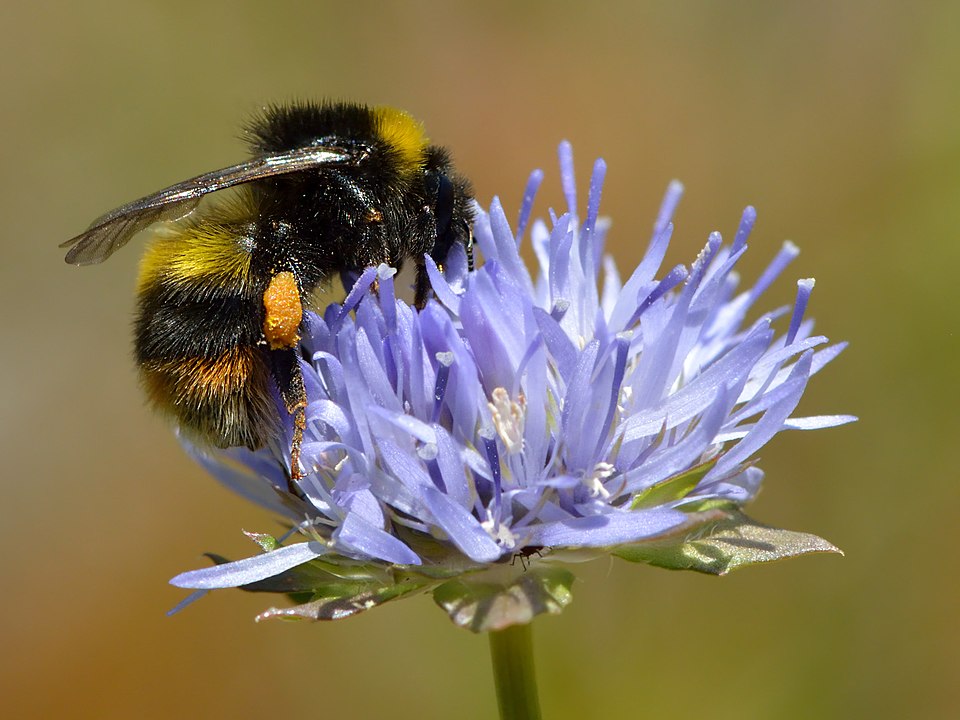
Introduction
The bumblebee — also written bumble bee, bumble-bee, or even humble-bee — refers to over 250 species within the Bombus genus, a member of the Apidae family. Known for their round, fuzzy bodies and bold buzzing flight, bumblebees can be found mainly in the Northern Hemisphere, though some species also inhabit parts of South America. They have even been introduced to places like New Zealand and Tasmania.
Despite their sometimes intimidating presence (yes, they often come in like a tiny flying bulldozer!), female bumblebees only sting when provoked — and they can sting multiple times, unlike honeybees.
Colony Life and Behavior
Most bumblebees are social insects that form small colonies with a single queen. Unlike honey bee hives, which can hold thousands, bumblebee nests usually house around 50 to a few hundred individuals.
There’s also a curious twist in the bumblebee world: the cuckoo bumblebee. These parasitic bees don’t build nests or raise their own young. Instead, the queen invades another bumblebee nest, kills the resident queen, and lays her eggs, which are then raised by the original colony’s workers.
Appearance and Mimicry
Bumblebees are easily recognized by their fuzzy appearance — thanks to dense, branched hairs called pile. Their bodies often display bright warning colors, such as black and yellow bands, which help deter predators (a strategy known as aposematism).
Interestingly, many unrelated species — including hoverflies — mimic bumblebee coloring to avoid predators, a phenomenon known as Batesian mimicry. In contrast, different bumblebee species in a region often resemble each other in a type of cooperative mimicry called Müllerian mimicry.
One way to distinguish nest-building bumblebees from cuckoo bumblebees is by looking at the hind legs of the females. Nesting bumblebees have a smooth pollen basket surrounded by stiff hairs, while cuckoo species lack this and never collect pollen.
Feeding and Pollination
Like honeybees, bumblebees feed on nectar using their long, hairy tongues, and they also gather pollen to feed their young. Their proboscis folds neatly under the head during flight.
They are clever foragers, using color and spatial memory to locate flowers. However, not all bumblebees play fair — some become “nectar robbers,” biting holes near the base of flowers to reach the nectar without pollinating them.
Despite this, bumblebees are essential pollinators for both wild plants and crops. Their ability to perform buzz pollination makes them especially valuable for plants like tomatoes, peppers, and blueberries.
Conservation Concerns
Bumblebee populations have seen significant declines in Europe, North America, and parts of Asia. The main threats include:
- Habitat loss
- Agricultural intensification
- Pesticide use
Their decline is alarming because it threatens not just the bees, but the entire food web they support through pollination.
Final Thoughts
Bumblebees may look a little wild (and maybe even a little scary when they zoom straight at you!), but they are gentle giants in the world of pollinators. Their tireless work sustains ecosystems and agriculture alike. Learning to protect them is key to preserving biodiversity and food security.
